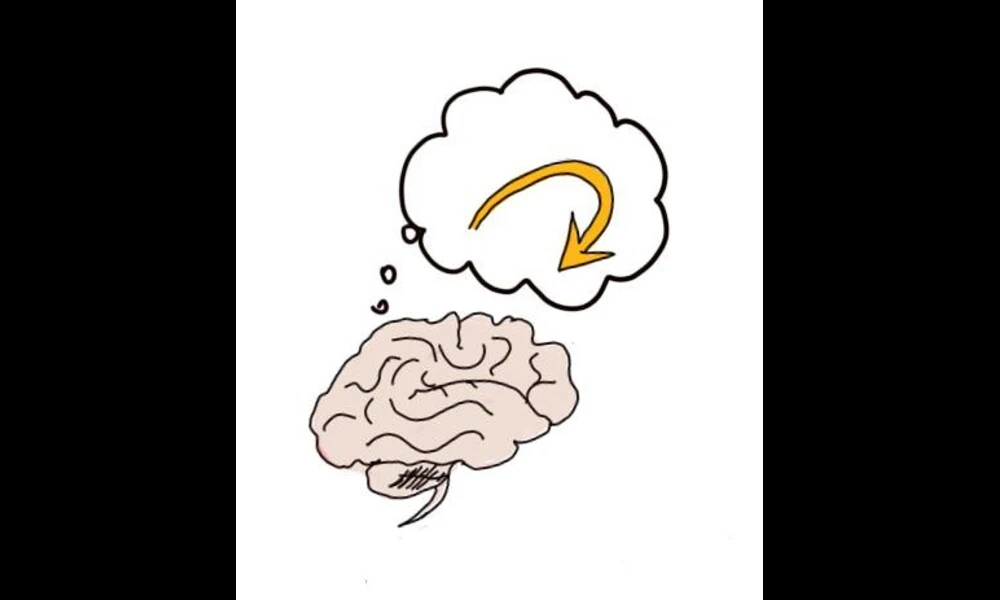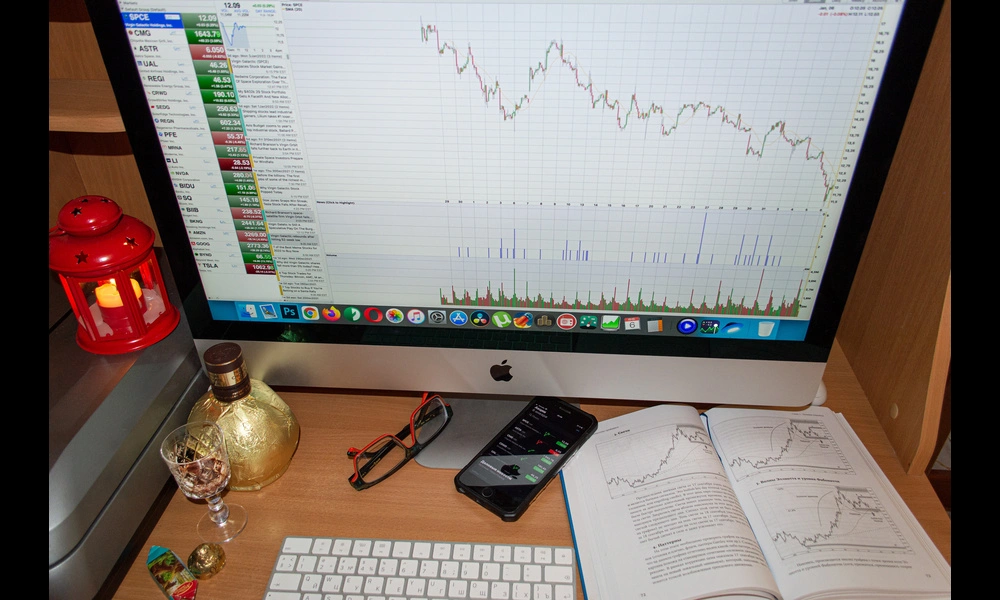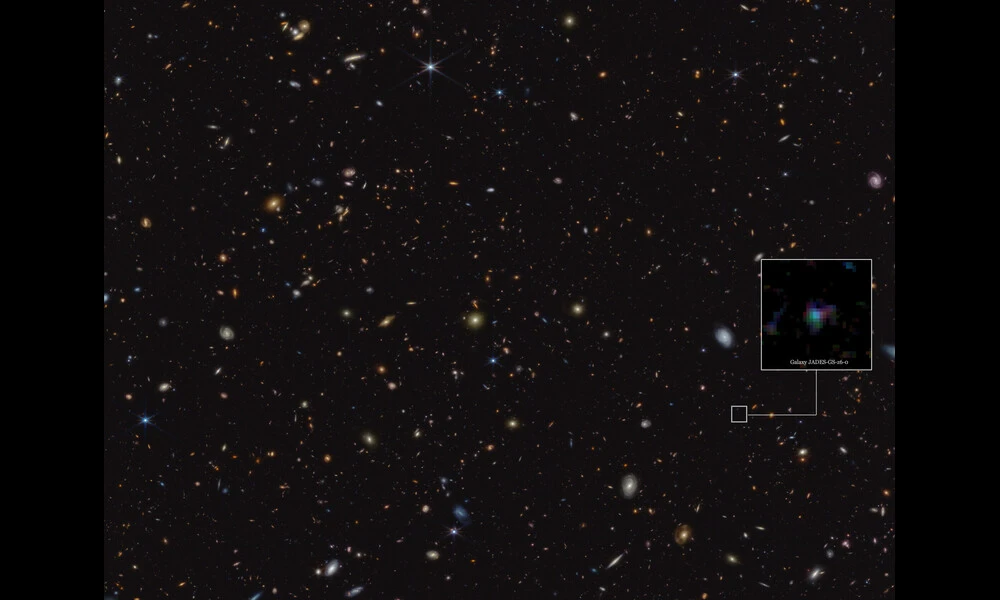Novel 'Geodesic Distillation Loss' Technique Enhances Photo-realism in Text-Guided Image Morphing
Published on Wed Jan 24 2024 Purina Farms Visitor Center, Better with Pets exhibit | Taylor Studios, Inc. on Flickr
Purina Farms Visitor Center, Better with Pets exhibit | Taylor Studios, Inc. on FlickrAre your photos not quite capturing the essence of what you're trying to convey? Researchers from Seoul National University and Yonsei University might have just what you need to breathe life into your images. In their recent study, they tackle a familiar problem in image processing known as the stability-plasticity dilemma, which has proven to be a significant hurdle in the field of text-guided image morphing — a technique that transforms images based on textual descriptions without needing a target image for reference.
Imagine wanting to transform a picture of a rose into a sunflower using nothing but a descriptive sentence. While groundbreaking language-vision models like CLIP have been key players in making this a reality, they've also shown limitations, especially when it comes to maintaining the photo-realism of images during the morphing process. The new study illuminates these issues and offers a solution that might just revolutionize the way we edit and morph images.
To tackle the challenges of image morphing—where modifying an image can lead to loss of detail or insufficient transformation—the researchers introduced a novel concept: a 'geodesic distillation loss.' This innovation nudges the image morphing process to occur along an 'image manifold', a concept akin to a guided path that ensures the essence of the original image isn't lost while it undergoes transformation according to the text description.
The significance of this approach becomes clear when you consider the alternative: without such guidance, image morphing might lead to a 'human' portrait with a striking resemblance to the 'Hulk', but with unrealistic green teeth instead of the desired photorealistic green skin. By applying this tailored regularization loss, the researchers not only preserved the detailed attributes of the source images but consistently produced morphed images in a more photo-realistic fashion.
This refined technique for preserving the photorealism and essential attributes of images in editing could revolutionize how we approach tasks like image editing, creating digital art, or generating visuals for advertising. Furthermore, their proposed method isn't just for static images—it's shown promise in video morphing as well, suggesting its potential for broader applications in multimedia.
For anyone involved in creative industries or just looking to enhance their selfies, the study could spell the end of one-size-fits-all image filters, ushering in an era where textual tweaks lead to picture-perfect alterations. As we eagerly anticipate the further development and integration of this technology, it's clear that the Korean team's work is painting a brighter picture for the future of image processing.



